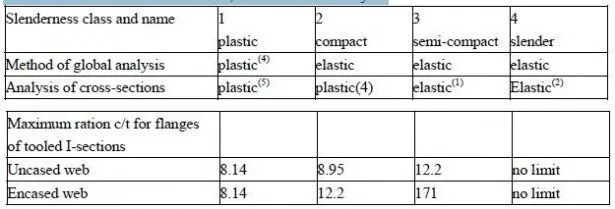When the stanchions in steel frames were first encased in concrete to protect them from fire, they were still designed for the applied load as if uncased. It was then realized that encasement reduced the effective slenderness of the column, and so increased its buckling load. Empirical methods for calculating the reduced slenderness still survive in some design codes for structural steelwork (Section 5.2).
This simple approach is not rational, for the concrete encasement also carries its share of both the axial load and the bending moments. More economical design methods, validated by tests, are now available (Section 5.6).
Where fire protection for the steel is not required, a composite column can be constructed without the use of formwork by filling a steel tube with concrete. A notable early use of filled tubes (1966) was in a four-level motorway interchange. (4) Design methods are now available for their use in buildings (Section 5.6.7).
In framed structures, there may be composite beams, composite columns, or both. Design methods have to take account of the interaction between beams and columns, so that many types of beam-to-column connection must be considered. Their behaviour can range from nominally pinned to rigid, and influences bending moments throughout the frame. Two buildings with rigid-jointed composite frames were built in Great Britain in the early 1960s, in Cambridge (5) and London(6). Current practice is mainly to use nominally pinned connections. In buildings, it is expensive to make connections so stiff that they can be modeled as rigid. Even the simplest connections have sufficient stiffness to reduce deflections of beams to an extent that is useful, so there is much current interest in testing connections and developing design methods for frames with semi-rigid connections. No such method is yet widely accepted (Section 5.3).


